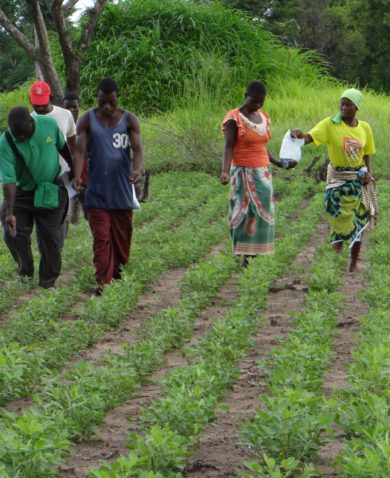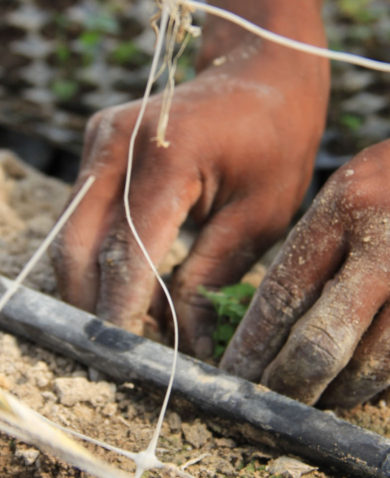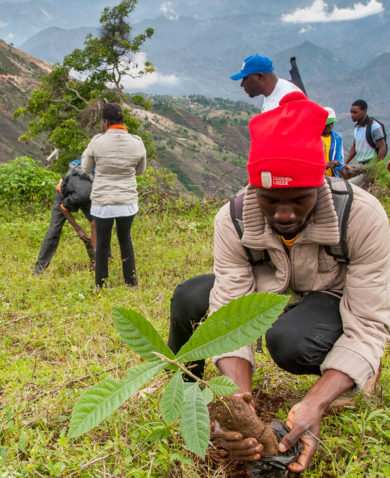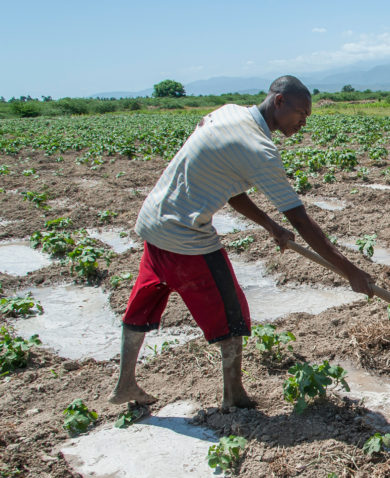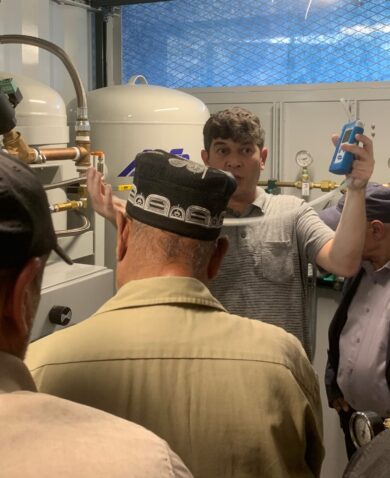
5 Considerations for Measuring Resilience
June 14, 2016 | 3 Minute ReadFollowing the Adaptation Futures Conference, Kristin Dreiling discusses principles to keep in mind when measuring resilience.
Mainstreaming resilience has catapulted to the top of the development agenda in recent years. It is now an integral part of climate change strategies at the local, national, and international level. Resilience, once a secondary outcome, has become a principal objective in designing and measuring the results of both climate adaptation and mitigation in addition to poverty reduction programming. The recent Adaptation Futures Conference in May, which featured several sessions on measuring resilience, is evidence of this change.
So what does this mean in practice? How do we know if resilience has been realized? These are some of the key questions governments, practitioners, academic institutions, and others are grappling with, which are pushing the bounds of traditional monitoring and evaluation. In fact, measuring resilience involves similar challenges to measuring adaptation, as Peggy Ochandarena explained in an earlier blog post.
As the development community moves forward in mainstreaming resilience into development programming, here are five considerations to keep in mind when establishing evaluation frameworks to determine whether or not we have succeeded in accomplishing this goal.
1. Mainstreaming is not standardization
New efforts to mainstream a particular issue or concept often lead to the development of one singular process, with a goal of broad applicability. In reality, these approaches often become so general they are ineffective in capturing the nuances of critical systems and social contexts. The circumstances that build or reduce resilience are not linear and therefore altering this paradigm cannot be achieved through a standardized intervention or process. Resilience is context-specific, and will require flexibility and a comprehensive understanding of pressures within the broader system to achieve results.
2. There are different starting points
Programs designed to build resilience must account for the fact that not every person or system is starting from the same place, and therefore will never achieve a uniform state of resilience. Social structures, gender norms, and access to safety systems and information can vary drastically at the household, community, local, and regional level. Understanding the various starting points within an intervention population will help build an evaluative framework that more accurately measures changes.
3. Resilience takes time
At its core, resilience is about behavior and systems change. This takes time. Traditionally development programming measures results achieved within the project timeline, but some of these changes will take much longer to realize. Establishing benchmarks to understand change, which can be both positive and negative, is important to determine what aspects of the system are changing and what this means for the broader goals of the intervention.
4. Who determines resilience?
As donors and implementers, we determine the metrics for measuring the success of our projects. However, can this really be done in the case of building resilience? When dealing with people and systems that have long histories of adapting to changing conditions, how can we truly capture whether an individual has become more resilient as the result of project interventions? Individuals have a much better sense of their own capacity and deserve a more comprehensive platform to provide feedback and input to evaluation processes. The incorporation of qualitative data will greatly contribute to improved programming and further our understanding of dynamics and priorities within each system and processes.
5. Look outside the project scope
Capturing changes in resilience will require a more comprehensive understanding of the complex and interconnected system in which an intervention is taking place. Traditional evaluation frameworks are designed to demonstrate results achieved through a project intervention. However, to truly measure resilience gained or lost, we need to stretch beyond the project scope to monitor direct and indirect impacts of stressors and the effects they have on the broader system. Developing methods to capture system responses to stressors will not only deepen our understanding of the results, but help to improve future programming.
Resilience itself is not a static state, and the evaluation framework to capture it should not be static either. The goal of capturing information on a universal level is understandable, but it needs to start from the ground up










